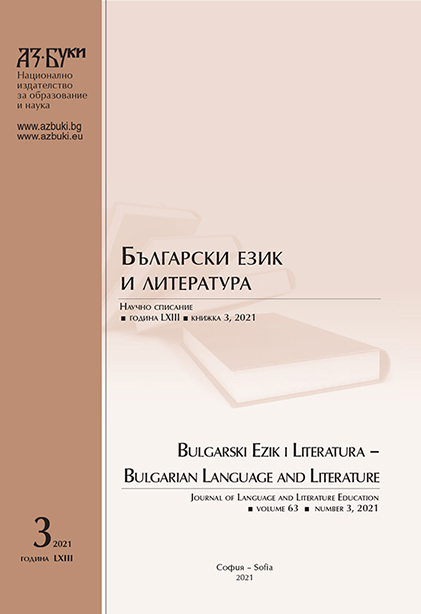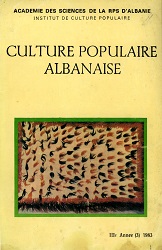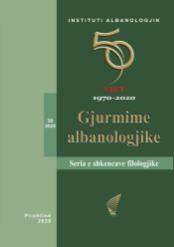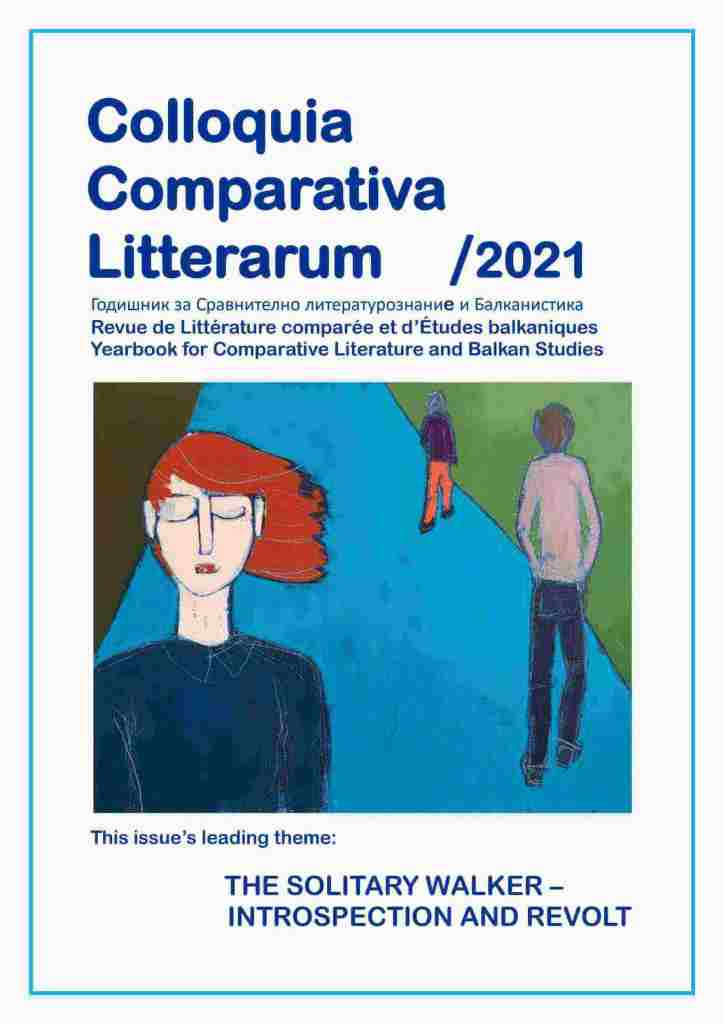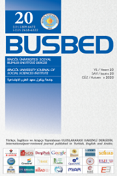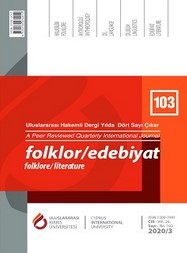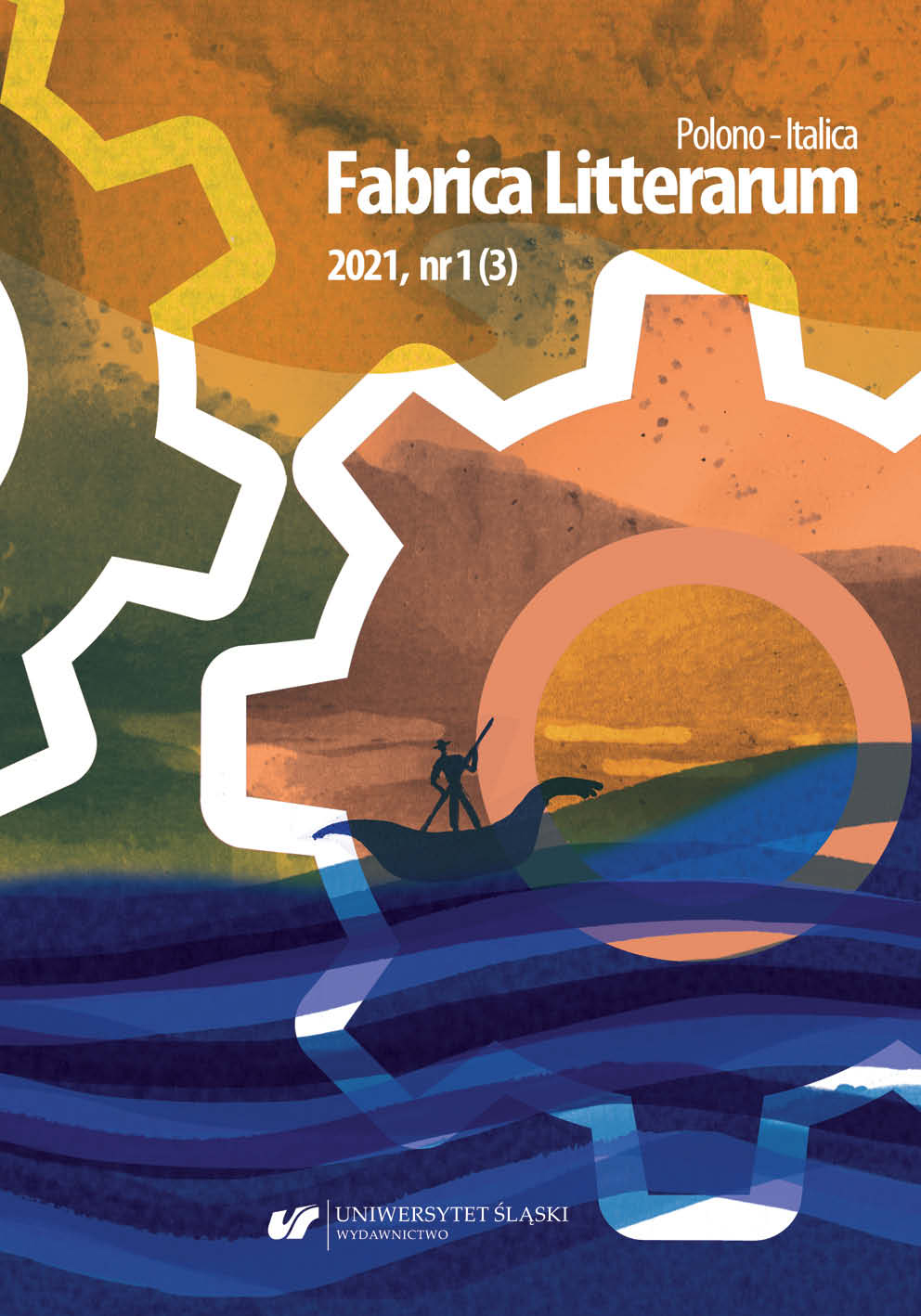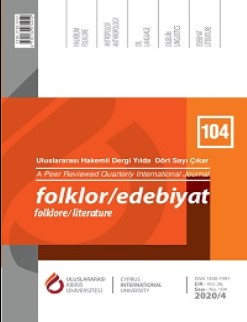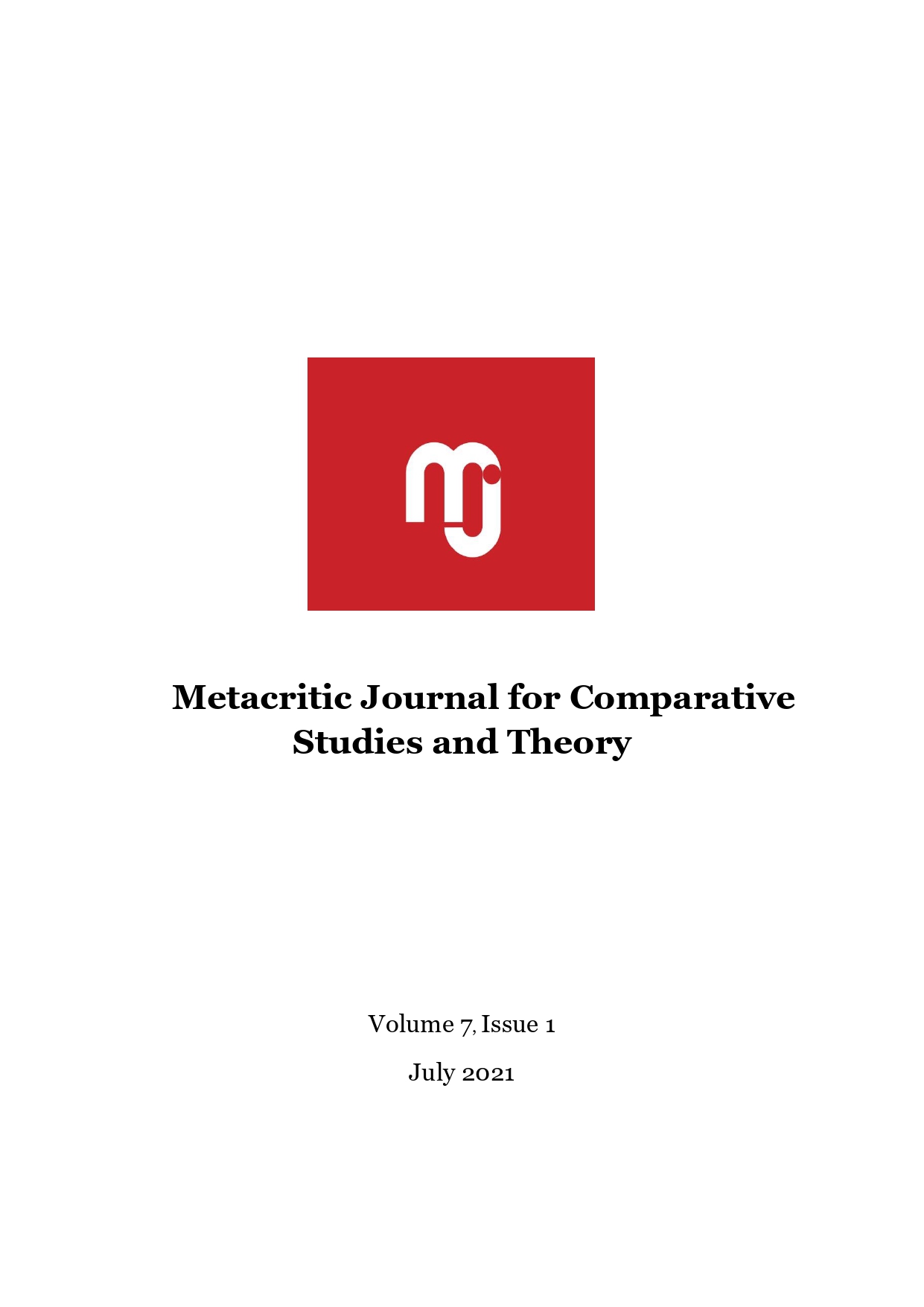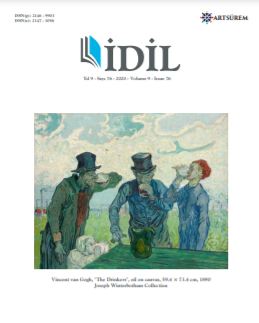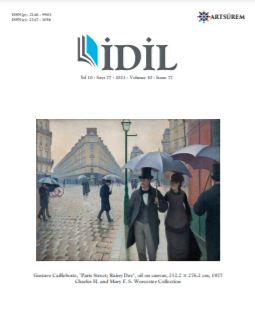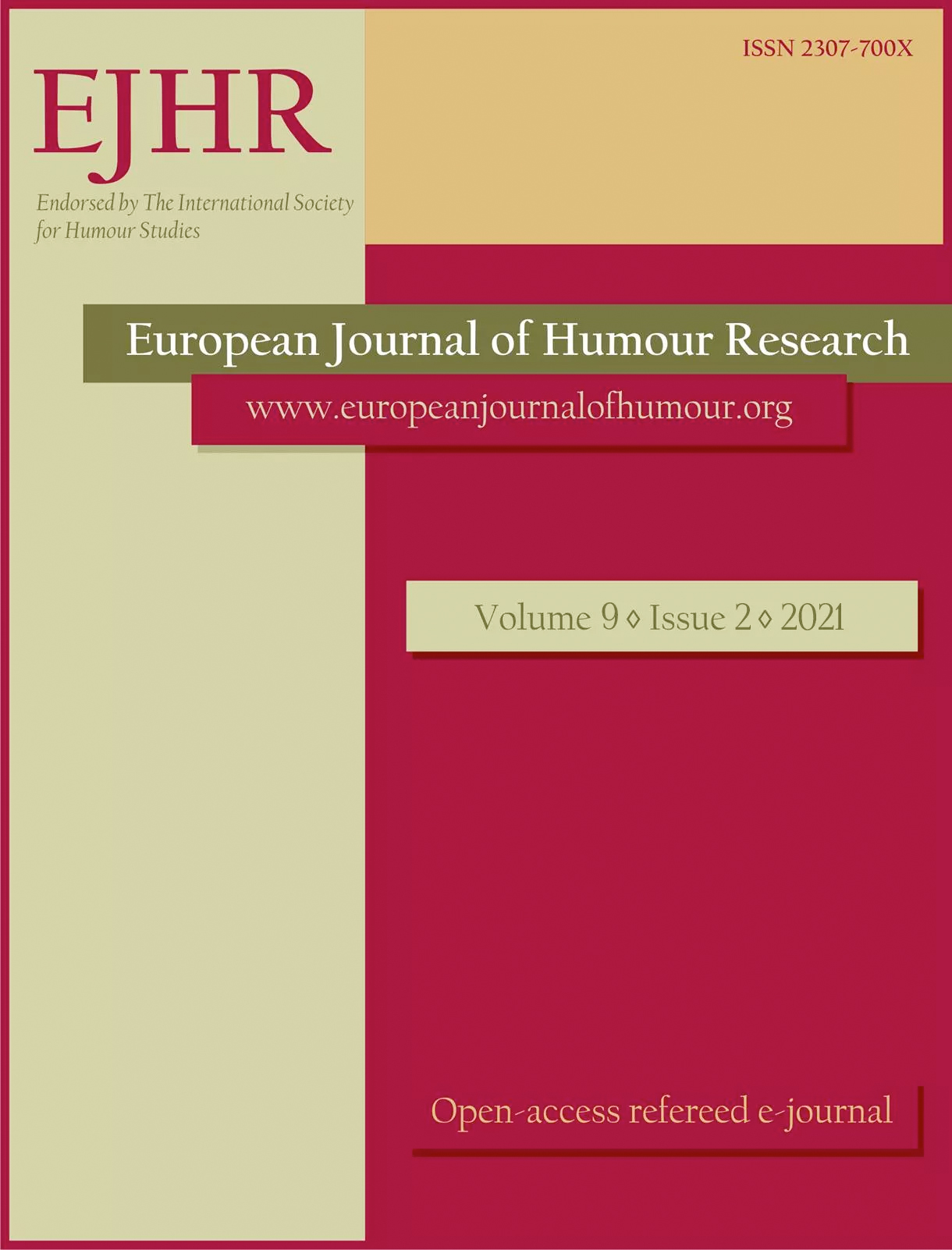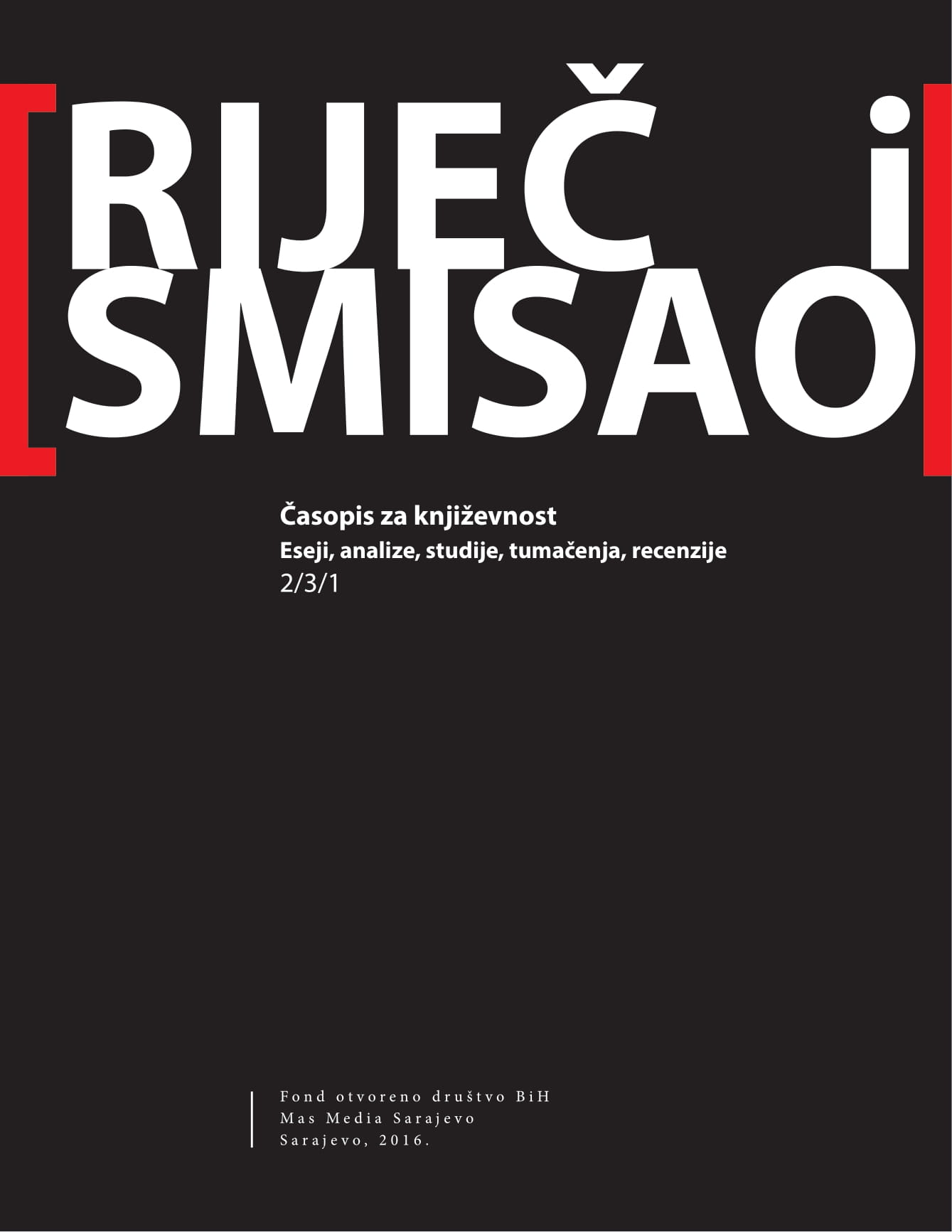Author(s): Seçil Sever Demir,Filiz Adıgüzel Toprak / Language(s): Turkish
Issue: 76/2020
In this paper, five different illustrations with the theme of ‘Prophet Muhammed’s Miraj (Ascension)’ found in two illustrated copies of Nîsâbûrî's literary work titled Kısas-ı Enbiyâ dated 16th century, are examined in terms of composition and figures. Two of these illustrations are included in the Kısas-ı Enbiyâ, produced in Shiraz in the second half of the 16th century, registered in the 'Diez A fol.3' collection of Staatsbibliothek zu Berlin (Berlin State Library). The other three illustrations are included in the Kısas-ı Enbiyâ, produced in Kazvin between 1570-1580, registered in the ‘Keir3’ collection of the Dallas Museum of Art (Dallas Art Museum). In the Islamic tradition, the ‘Miraj’ (Ascension) narrates the journey of Muhammad from Mecca to Jerusalem and from there to the skies. In Islamic book arts, manuscripts with Miraj depictions produced between the 15th and 19th centuries show that Miraj is a popular and accepted subject. In the illustrations examined within the scope of this study, the same composition setup was followed. Due to the subject of Miraj, the common figures seen in illustrations are Muhammed, Burak, Gabriel and other angels. These figures, which are defined as ‘Heavenly Servant Angels’ in the text of Kısas-ı Enbiyâ, can be classified as the ones carrying incense burners; carrying the bowl of light filled with fire; carrying the beverage bowls offered to Muhammad and the ones that prostrate and carry the Quran page. Accordingly, each figure is evaluated in terms of its place in the composition, features of form and style; comparisons are made about the common and different aspects of the figures. In addition, the figures are drawn individually, independent of the composition, in order to present a detailed analysis of their form. The aim of this paper is to investigate the formal features of figures and other visual elements in the depiction of the ‘Mi'raj’ and to evaluate the contribution of visual expression to cultural and symbolic repertoire through illustrations.
More...
